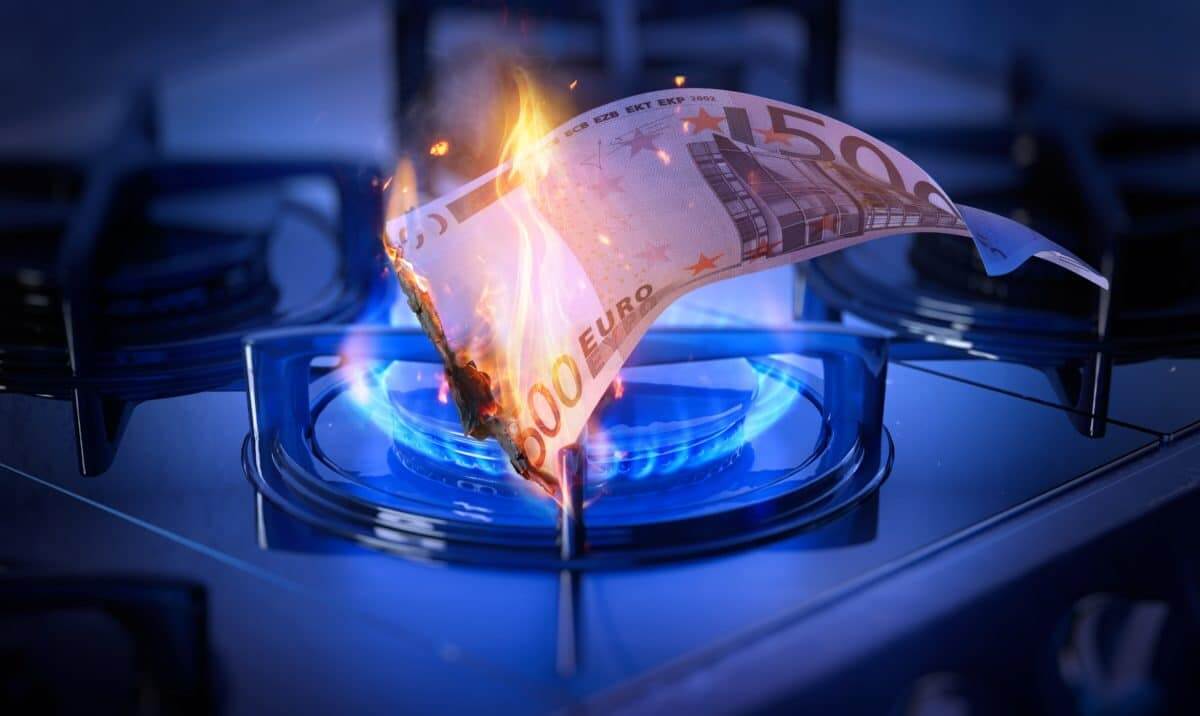
Navigating the European Gas Market Amid Uncertainty
In the world of energy, the dynamics of gas trading play a pivotal role in shaping economies and businesses across the globe. Today, we delve into the European gas market, where Dutch and British wholesale gas prices have been treading water, awaiting key developments in the industry. Trade gas is at the forefront of these discussions, with businesses closely monitoring the situation for any signs of change. Let’s dive into the details and explore what’s driving the current scenario.
The Current Landscape: Sideways Movements in Gas Prices
As we analyze the European gas market, we find that Dutch and British wholesale gas prices have been relatively stable in recent times. The Dutch October contract currently stands at 34.40 euros per megawatt hour (MWh), while the British October contract is at 87.00 pence per therm. However, the November contract for the Dutch market has seen a slight dip to 42.60 euros/MWh. This sideways movement in gas prices has left many businesses wondering about the future trajectory of business gas prices.
Analyst Andre Nikolai Nilsen at Rystad Energy notes that there is currently no clear price trend, but higher futures prices compared to spot prices suggest that gas buyers anticipate a potential uptick in prices in the coming months. The key question on everyone’s mind is when and how this anticipated uptick will occur.

European Gas Reserves: A Critical Factor
One crucial factor contributing to the stable gas prices is the abundant supply in European gas reserves. The European gas storage sites monitored by Gas Infrastructure Europe are currently at an impressive 94.15% capacity. This well-filled storage, along with the expected conclusion of a heavy maintenance period at Norwegian gas infrastructure, has created a comfortable cushion for gas supply in the near term. As a result, market dynamics remain balanced.
Norwegian gas flows, however, have experienced a slight dip due to an outage at the Oseberg field. Flows are expected to recover as the giant Troll field is scheduled to ramp up production after maintenance. These developments underscore the intricate web of factors that influence gas prices in the region.
Uncertainty Looms: Australian LNG Plant Strikes
While Europe enjoys a stable gas market, uncertainties linger on a global scale. Strike action at Chevron’s Australian LNG export facilities is a prime example. Despite disruptions from industrial action being limited so far, the longer the strike persists, the greater the potential impact on gas output. Businesses across Europe are closely monitoring these developments as they could potentially affect the supply chain.
The European gas market is currently characterized by steady prices, well-filled reserves, and an eye on international developments. The term trade gas carries significant weight for businesses navigating this landscape. While prices remain stable for now, the anticipation of future changes keeps the market dynamic. As Norwegian fields return from maintenance and Australian LNG plant strikes unfold, businesses must remain vigilant, ready to adapt to any shifts in the energy market. Stay tuned for updates, as the world of gas trading continues to evolve.




